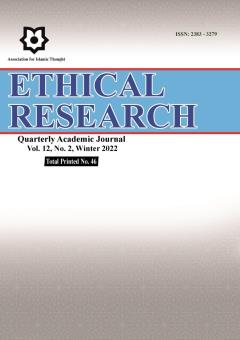توسعه پایدار محله در راستای خوشبختی اجتماعی و شادی عمومی (واکاوی اصول، ابعاد و شاخصها)
الموضوعات : Ethics and Islamic Educationشیوا شکری 1 , راحله رستمی 2 , فاطمه مظفری 3
1 - دانشگاه آزاد اسلامی ، ساری
2 - فنی و مهندسی
3 - دانشگاه آزاد اسلامی، ساری
الکلمات المفتاحية: شادی, پایداری, رفاه , توسعه جامعه,
ملخص المقالة :
توسعه پایدار یک راه حل بالقوه برای برخی چالش های مهم اجتماعی نظیر خوشبختی است ک برای انسانها یک هدف نهایی محسوب میشود و شادی معمولا به عنوان یک ویژگی فردی در نظر گرفته میشود که هر فرد منحصرا مسئول آن است. با این حال، یک ویژگی اجتماعی نیز محسوب می شود که تحتتاثیر عوامل بیرونی فرد قرار دارد. مقاله حاضر با مرور پارامترها و اهداف توسعه پایدار درجهت رسیدن به شادی ، مهم ترین معیارهای کمی و کیفی در پنج حوزه خوشبختی و پایداری اکولوژیکی، اقتصادی، اجتماعی و فرهنگی ارائه میدهد که از طریق انها میتوان به ارزیابی و ارتقا شادی در محلات و بینش مختصری در مورد پروژه توسعه محله رسید. این ابزار همچنین میتواند در محلههای پایدار آینده برای پروژههای شادی به کار گرفته شود. در نهایت،پیشنهاد میکند که توسعه پایدار باید خوشبختی را ارتقا دهد در حالی که اقتصاد و اکو سیستمهای محلی را بازسازی می کند، ارتباطات اجتماعی را تقویت می کند، و سنتهای فرهنگی مطلوب را احیا یا حفظ میکند و همچنین یک چارچوب توسعه پایدار اجتماعی جایگزین ارائه میدهد که بر بهبود فرصتهای شادی و رفاه جامعه تمرکز دارد.


